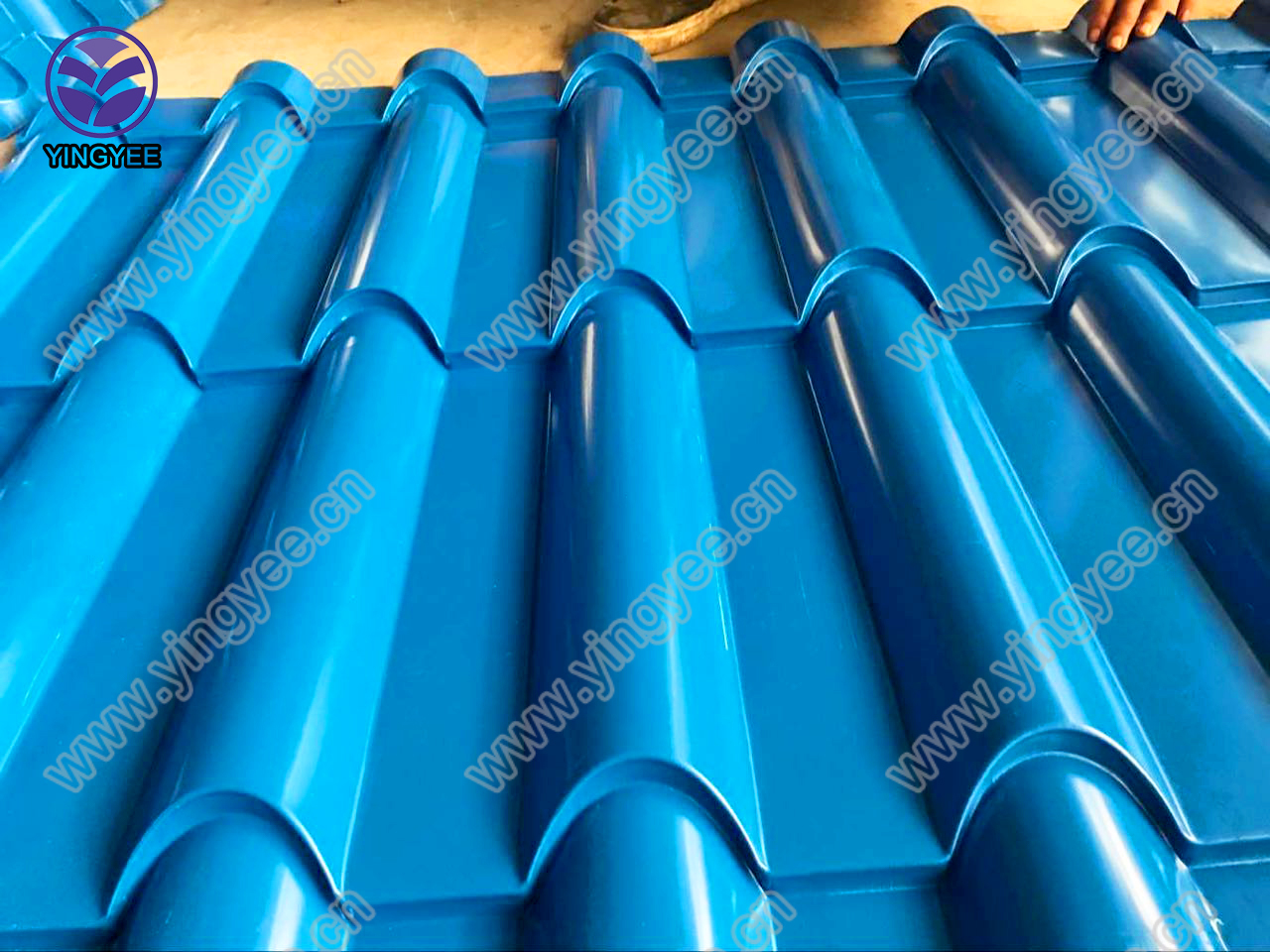
The Evolution and Impact of Stud Making Machines
In the ever-evolving landscape of manufacturing and industrial processes, stud making machines have emerged as a crucial tool in producing various fasteners, particularly studs. These machines are specifically designed to create studs—threaded rods that are typically used in machinery and construction, among other applications. The adaptability and efficiency of stud making machines have significantly advanced over the years, optimizing production and reducing labor costs.
The Basics of Stud Manufacturing
Studs are essential components used in multiple industries. They come in various sizes and materials, depending on their intended application. The process of manufacturing studs traditionally involved manual labor, which was not only time-consuming but also prone to human errors. As the demand for fasteners increased in rapid-growing sectors like automotive, aerospace, and construction, the need for a more efficient solution became evident.
Enter the stud making machine. These machines streamline the manufacturing process by automating the production of studs from raw materials. Typically made of steel or other metals, the production process involves wire drawing, cutting, and threading—steps that can now be performed in a single automated sequence.
Mechanism and Functionality
Stud making machines operate on the principle of precision and efficiency. The machines are equipped with various components, including feed mechanisms, cutting tools, and threading units. The raw material is fed into the machine, where it is first cut to the desired length and then shaped into a stud through various mechanical processes, including threading.
Modern stud making machines utilize CNC (Computer Numerical Control) technology, which allows for high precision in the manufacturing process. CNC machines are programmed to produce thousands of identical studs with minimal tolerance for error, which is crucial in industries where safety and quality control are paramount.
Advantages of Using Stud Making Machines

The use of stud making machines offers numerous advantages over traditional manufacturing methods. Firstly, the consistency in quality is significantly improved. Automated processes minimize human errors, leading to a uniformity that manual production simply cannot match. This consistency translates to better performance and reliability of the fasteners produced.
Secondly, productivity sees a substantial increase. A single stud making machine can produce hundreds or even thousands of studs in a single shift. This increased output ensures that manufacturers can meet high demand without compromising quality or efficiency.
Moreover, the overall production costs are reduced. While the initial investment in a stud making machine can be considerable, the long-term savings generated through increased efficiency and reduced labor costs are undeniable. Companies that adopt these machines often find themselves more competitive in their respective markets.
The Future of Stud Making Machines
As technology continues to advance, the future of stud making machines is set to evolve further. Innovations in automation, artificial intelligence, and materials science are expected to enhance the capabilities of these machines. The integration of smart technologies enables real-time monitoring of the manufacturing process, allowing for predictive maintenance and reduced downtime.
Additionally, as industries increasingly prioritize sustainability, manufacturers are exploring ways to produce studs using eco-friendly materials and processes. This shift not only aligns with global sustainability goals but also appeals to a growing consumer base that values environmentally friendly products.
Conclusion
In summary, stud making machines play a pivotal role in the manufacturing sector by providing a reliable and efficient means of producing essential fasteners. Their evolution has dramatically impacted industries that rely on these components, showcasing the importance of automation in modern manufacturing. As technology continues to advance, the capabilities and applications of stud making machines are likely to expand, further solidifying their place in the manufacturing landscape.